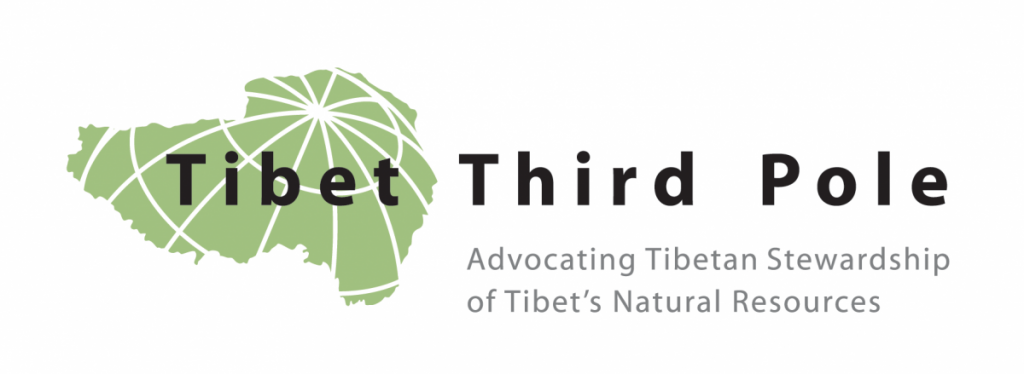
Tibet Third Pole is a campaign that was created to bring the environmental crisis in Tibet and the fate of Tibet’s nomads to the attention of climate change negotiators at the UN talks in Copenhagen, the media and the general public.
Background to the Campaign:
Called the Earth’s Third Pole by scientists because only the North and South poles hold more glacially stored freshwater, the Tibetan Plateau is undergoing climate change twice as fast as the rest of the world. Glacier meltdown across Tibet is disrupting downstream water supplies, threatening the sustainable livelihoods of Tibetan nomads and villages, and putting at risk more than one billion downstream peoples and communities across south and east Asia.
Since invading Tibet in 1949, China has implemented land-use policies that have brought on region-wide famine, caused desertification on the grasslands and acute and chronic flooding in eastern China from clear-cutting eastern Tibet’s forests, and poisoned river and groundwater through unregulated mining. China has degraded Tibet’s ecosystems, displaced and impoverished Tibetans, and threatened Asia’s regional security. Now, with climate chnage exerting more pressure on Tibet’s resources and regional stability, the stakes are even higher.
China’s solution to Tibet’s glacial meltdown is to build more dams, thus denying more than one billion downstream water users a safe and stable supply of water. In turn, to protest the waters draining into China itself, China blames Tibet’s nomads, not its own land-us policies, as the main threat to those Tibetan water resources that quench China’s increasing thirst.
China’s solution? Protect the grasslands and their water resources by removing more than two million Tibetan nomads, even as scientific research on Tibet’s nomads, including by Chinese scientists, continues to show that the nomads’ traditional land uses promote ecological health of the grassland ecosystems and water resources.
Tibet’s nomads, who have already lived sustainably on the Roof of the World for thousands of years, are thus essential to the long-term restoration, conservation and health of the very ecosystems and resources that China so desperately craves – and for which China invaded Tibet in 1949. Yet China continues to crush any voice, in Tibet and around the world, that dares speak up for Tibet’s environment, for Tibetans’ environmental human rights, and for all downstream communities affected by China’s actions.
That’s why Tibetans and Tibet supporter around the world have formed Tibet Third Pole in order to bring Tibet’s voice to the UN’s climate change conference in Copenhagen this December. In Copenhagen and beyond, Tibet Third Pole advocates for the fundamental human right of Tibetans to environmental self-determination, and towards this end, we make the following demands:
That all 2.25 million of Tibet’s nomads have a fundamental human right to stay on the grasslands and to decide their own fate and future through full participation in all phases of decision making regarding the management, stewardship & conservation of Tibet’s natural resources.
That there be an immediate halt to all commercial land uses that threaten the Tibetan Plateau’s fragile and unique ecosystems and ecosystem services, especially water resources.
That an international panel of scientists, using the best available science, asses the plateau’s ecosystems, and that these assessments guide all policies and decision-making in restoring, managing, and conserving the ecosystems and land uses across the Tibetan Plateau.
That all local and regional stakeholders, in Tibet and downstream, be involved in the creation of transparent, inclusive and durable local and transboundary governance institutions and processes to guide mitigation of and adaptation to the effects of climate change in Tibet.
That these stakeholders create strategic conservation zones across the Tibetan Plateau in order to enhance the health of the region’s ecosystem services, and that these conservation zones place Tibetans’ traditional livelihoods and resource stewardship practices at the heart of their management, restoration, and conservation.
Tibet Third Pole consists of Tibetan, Chinese, and western scientists, development specialists, campaigners, and more than 170 Tibet Support Groups around the world. We campaigned throughout the run-up to the UN’s climate change conference in Copenhagen (COP15), lobbying at the UN’s climate-change preparatory conferences in order to influence the climate treaty on Tibet’s behalf. In Copenhagen we had a joint Tibetan and Western multi-disciplinary team which brought the environmental crisis in Tibet and the fate of Tibet’s nomads to the attention of negotiators, the media and the general public.

